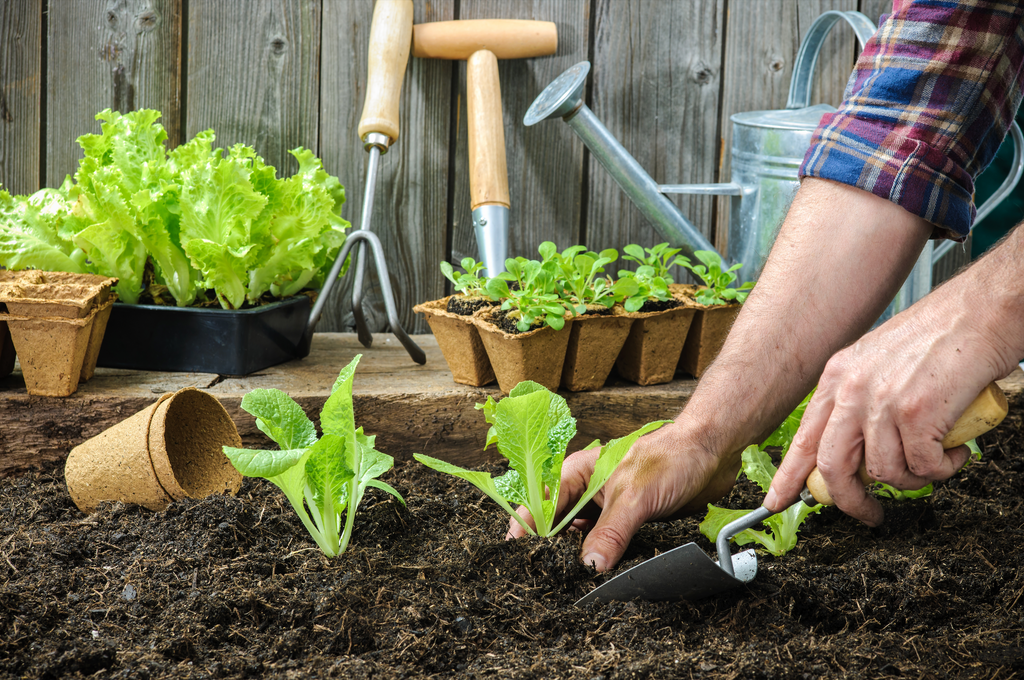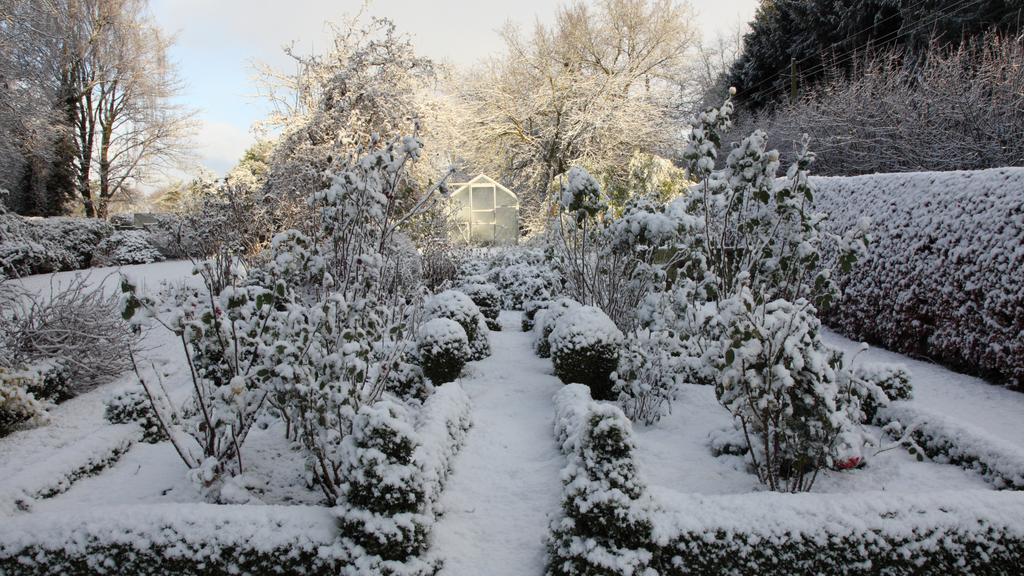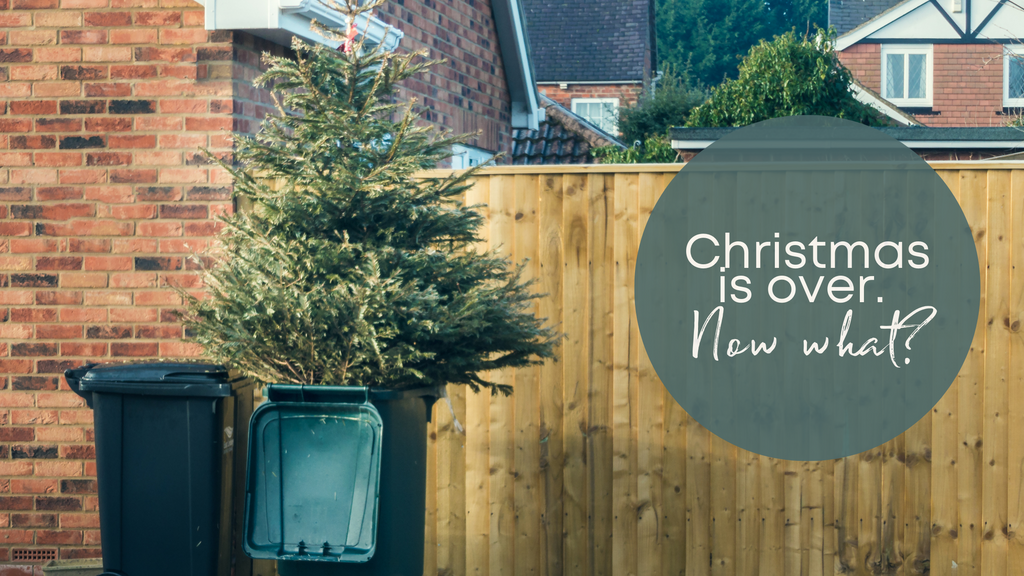
Planting bedding plants? Don’t forget to prune

The best time to prune is when you’re about to do your planting
With the days getting longer and the woolly attire returning to their hibernating spots at the back of the closet, spring is on our doorstep. This is the perfect time to prepare your garden for the most magnificent display of the year, the spring season collection!
In a previous blog, we’ve laid out a few steps on how to prepare your garden for the season of growth and flowering. In that blog, which you can read here an important, yet often overlooked step is pruning.
Per Step 5, if you need a quick refresher:
It's time to wield those shiny clippers. Aim straight for the perennials on their seasonal cycle. Prune them as soon as you see new growth. Trim dead stems to bring plants out of dormancy.
For an avid gardener, you’ll know what you need to do, how to go about it, and the tools in play. However, for enthusiasts just starting, we thought to take the time to give you a few pointers regarding the tools and rules when it comes to pruning your plants and trees. So, please, do read on.
The tools
There’s a wide range of tools, all advertised for pruning, and while there isn’t a one-size-fits-all option, you can make an informed choice that will work best for you by knowing a bit about each one:
Secateurs
Bypass secateurs, which have a scissor-action, are great all-rounders for pruning and cutting back plants. They’re ideal for cutting soft stems up to the thickness of a pencil.
Anvil secateurs crush and cut, so only use these on woody stems.
Pruning saw
Pruning saws come in various sizes and can be used on branches up to 5cm thick. Use larger bow-saws for bigger branches and small trunks.
Long-reach pruner
Long-reach pruners are like secateurs on a long pole. They work through pulling a rope or lever at the other end. Ideal for the occasional pruning of tall trees or big shrubs cutting woody branches up to about 3cm thick and can be a boon to get to those harder-to-reach places.
Loppers
Loppers cut woody stems up to 3cm thick, and with their long handles, they are good for leverage and heavy-duty blades. So they’re perfect for tough pruning.
Hand shears
Hand shears are short-handled shears perfect for clipping hedges and topiary, cutting stems up to pencil-width in thickness.
Topiary shears
This type of shears is used for one-handed trimming of soft green shoots up to 5mm thick on small topiary and shaped shrubs, evergreen herbs, and other detailed work on compact plants.
The rules
Don’t just cut and chop your plants. Pruning requires finesse, consideration, and a little artistry. We want your garden to grow, thrive, and be aesthetically pleasing. There are a handful of rules to keep in mind.
If it’s yellow or dead, put it in the mulch bed
There’s always the option of propagating your pruned plants. When your leaves and limbs begin to yellow or die, the best option is to cut away the decay. You see, when your stems and leaves turn colour, they attract pests. A struggling plant with an infestation of pests has little hope to see another season.
The quarterly law
It is highly recommended to use the quarterly law in pruning. This simply means that you either prune your plants once a year (preferably at the advent of spring), or you prune a quarter of your plant or tree for the rest of it to thrive. So whether you’re pruning during one quarter of the year or trimming a quarter of your plant – the 25% rule must be considered.
Shape and growth
Pruning to promote shape is a key part of garden beautification. Additionally, pruning assists with growth. Prune too thin out your trees to improve airflow and sunshine between leaves and branches, and this will lead to an overall improvement in your plant’s health.
It’s also a good idea to prune when your indoor plants show signs of getting out of hand.
Don’t wait. Propagate
Don’t just chop the dying bits – you can prune your plants and then regrow new plants from those cut branches, vines, and stems by propagating them. All you’ll need to do is stick them directly into water or soil, and since most branches root quickly, you can then pot them and, voila, a new plant to add to your growing collection.
Precise pruning tactics
Your pruning tactics will depend on your garden, and while you may have the same plants and trees as your friends or neighbour, no two gardens are the same.
Your plants are as unique as you and will require you to treat them differently.
As you grow your garden, you will come to learn what works for you and your plants over and above the little suggestions we give to you here.
Happy pruning, and may this spring be one to remember for you.
For all your seeds, plants, and needs, contact UCS Fresh today.








